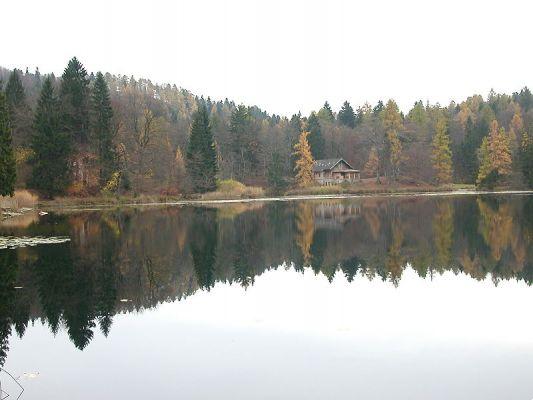In Tuscany the Via Francigena meets the Val d'Orcia, here are some splendid landscapes not to be missed of this beautiful road that went from Rome to Canterbury passing through beautiful Italy.
La Val d'Orcia is a work of art in the open air, in every season the colors of the Tuscan landscapes create unique atmospheres, which make you daydream. It is no coincidence that it is part of the list of Unesco heritage, as a representative of the typical Italian landscape.
As soon as you set foot in Val d'Orcia, the desire to start photographing everything is irresistible. It is a bit like being inside a movie set, with the only difference that everything (or almost everything) is real, spontaneous, genuine.

By ancient villages, to the towns, from the streets that are lost in the void, to the hills on which cypresses and holm oaks rise: from every part where you look you find yourself inside a postcard. Even though it's a super-visited place, actually c'is always a good reason to go to Val d'Orcia, whether you are passionate about photography, whether you love good food or nature: places of this type stimulate the desire for discovery and the search for the still unexplored place.
If you are looking then for alternative itineraries in Val d'Orcia, why not think about the via Francigena?

La Via Francigena is a system of ways that connects Rome and Canterbury, retracing the long journey of Archbishop Sigeric. In recent years, after the boom of the Camino de Santiago, the Via Fracigena has also started numerous redevelopment projects of the itineraries and Tuscany is one of the most advanced regions in this. For this (and for many other reasons, including the unique landscape in the world), the best way to get to know the Val d'Orcia away from the usual tourist routes is through the paths of the Via Francigena. Are you curious to discover an alternative part of Tuscany?
Here are some of the itineraries along the Via Francigena to go through the Val d'Orcia:
- from Siena to Ponte d'Arbia - starting from the most important municipality in the area, one of the most beautiful cities in Italy, continue southwards entering the Val d'Arbia. The itinerary is passable on foot or by bicycle and is marked with the appropriate regional signs of the Via Francigena. There are about 28 km of path, in which you can admire the beautiful Crete Senesi and various villages, including Isola d'Arbia and Monteroni d'Arbia. In Monteroni not to be missed is a stop at the Conte Dino restaurant, a paradise for mushroom and truffle lovers!

- from Ponte d'Arbia to San Quirico d'Orcia - it is a fairly dense stretch where you enter the full Val d'Orcia! Before arriving in San Quirico, we pass through Buonconvento, a medieval village enclosed by the walls and the hamlet of Torrenieri. Near Torrenieri there are the famous cypresses grouped on the hill, one of the most photographed views of Tuscany, but which maintains its charm intact. Here you can also make a detour to Montalcino, one of the most famous villages of the Val d'Orcia, home of Brunello wine.

- from San Quirico d'Orcia to Radicofani - San Quirico is a lively, lively and welcoming village. As soon as you set foot in its historic center you will find numerous bars, restaurants, clubs and typical shops where you can taste local products. Continuing along the route of the Francigena towards the south, you arrive in Bagno Vignoni, with its large pool of thermal water is one of the unmissable places in Val d'Orcia.But if you love photography, do not miss Vignoni Vecchia, less known than Bagno Vignoni, but from which you can glimpse glimpses of the valley ranging up to Mount Amiata. This is one of the longest stages: about 32 km to reach Radicofani with quite steep paths, but trust me, the view from the stronghold is unforgettable!

Discovering the Val d'Orcia along the Via Francigena means getting away from the busiest roads, admiring new views, often finding yourself alone in the beauty of the Tuscan landscape and feeling its most authentic scents, colors and flavors. Because in the end, even the most touristic place can become a great discovery, if visited with the right curiosity.























